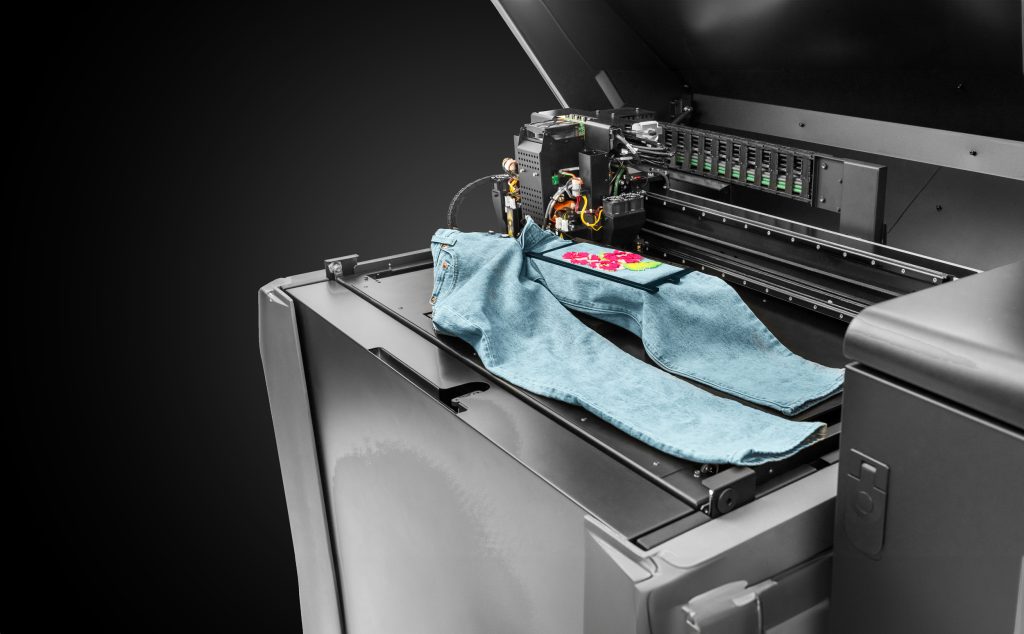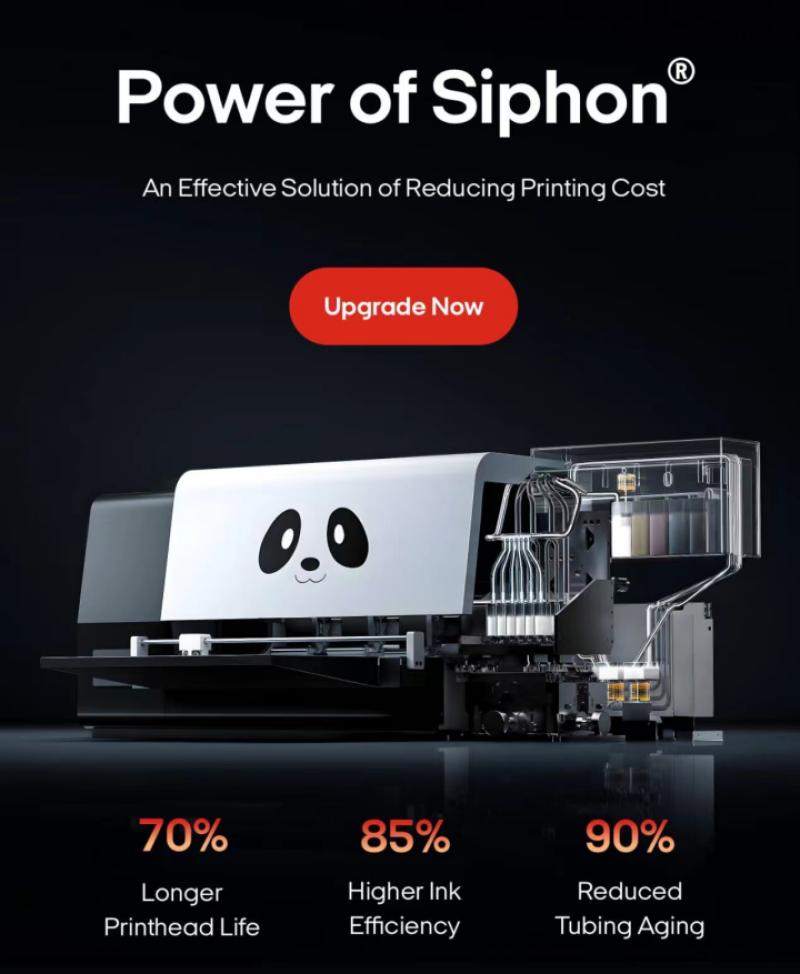ANI |
Up to date: Apr 21, 2024 14:58 IST
Tokyo [Japan], April 21 (ANI): At building websites, Shimizu Company addresses labour shortages by using 3D printing robots.
These robots translate digital design knowledge into architectural buildings, together with partitions and piles outdoors the body, historically crafted by human carpenters.
Shimizu Company pioneers using 3D printing robots to assemble exterior frames and mortar piles.
Moreover, they’ve engineered a specialised mortar, more durable than standard concrete, tailor-made to be used with these robots.
Hiroki Ogura of Shimizu Company mentioned, “The fast decline in expert building employees underscores the pressing want for enhancing productiveness and adopting manpower-saving expertise.”
“3D printing expertise provides vital benefits by enabling extremely automated building processes. Constructions could be constructed with out an exterior body, enhancing flexibility in design and building. The power of 3D printers to create curved surfaces proves invaluable in eliminating surplus elements recognized via numerical evaluation,” he added.
Additional, he said, “By controlling the nozzle primarily based on design, 3D printing robots effectively execute building duties.” Furthermore, leveraging CO2 discount alongside materials optimisation via form optimisation leads to environmentally pleasant buildings.
Moreover, he talked about, that “one other notable benefit of 3D printing is its capacity to facilitate on-demand building, with designs obtained within the night and building accomplished the subsequent day. Wanting forward, we anticipate a future the place robots might be ubiquitous in creating concrete buildings throughout numerous building websites.”
Shimizu Company is proactively tackling the shortage of human labour by investing in analysis and the event of other strategies.
By means of its dedication to regular progress, as mirrored in its firm coverage, Shimizu is fostering a secure surroundings conducive to innovation and adaptation. (ANI)


